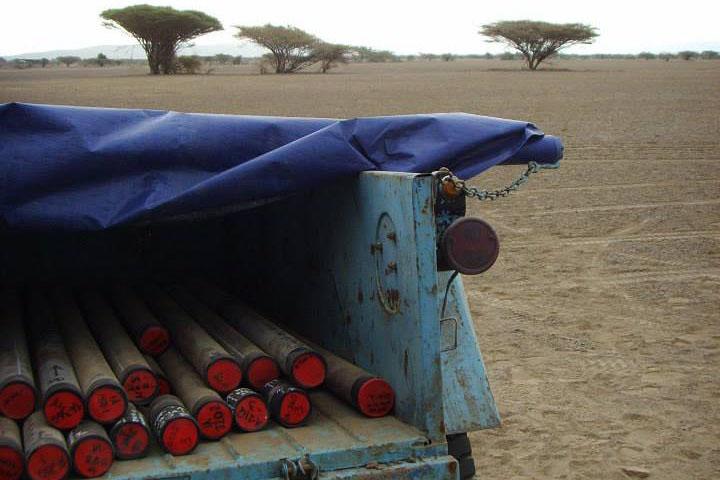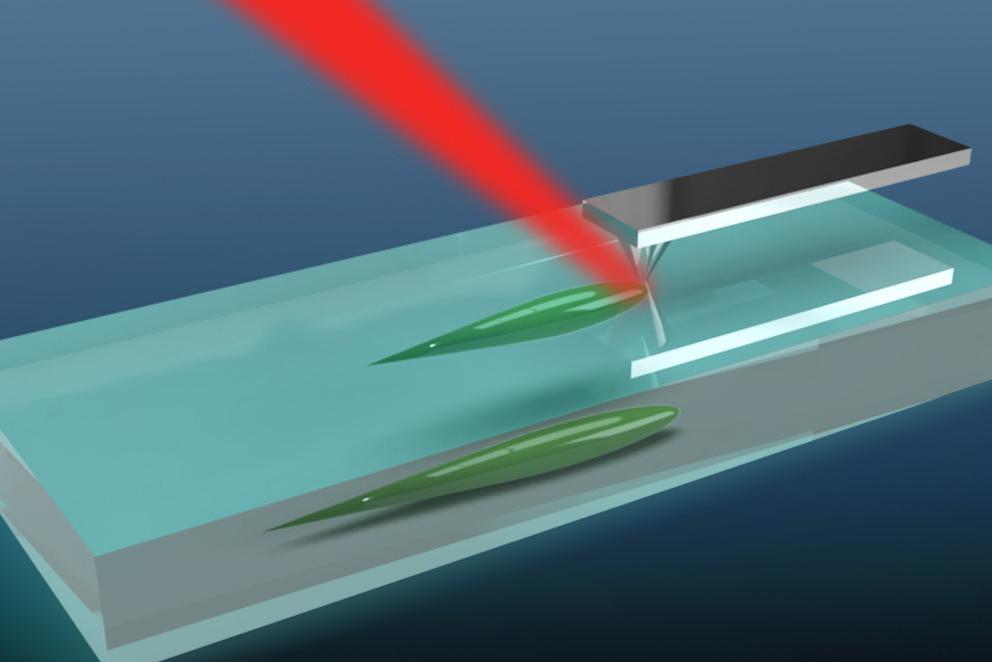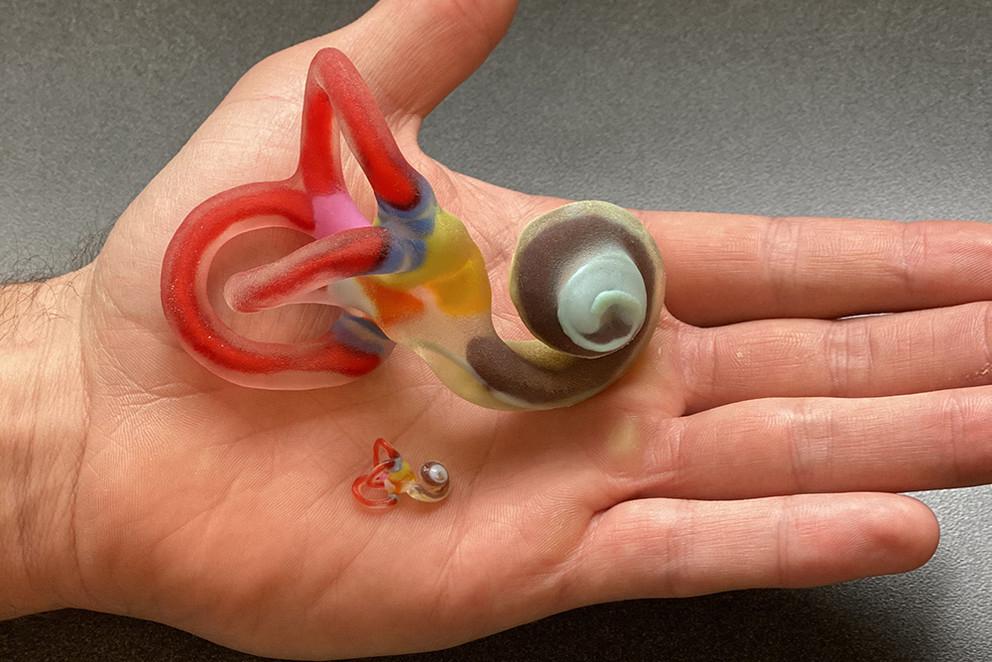A new, environmentally friendly, single-step process has been developed to convert carbon dioxide into higher hydrocarbons using plasma, according to scientists and engineers.
Raja V. Ramani, professor emeritus of mining and geo-environmental engineering, will be inducted into the National Mining Hall of Fame (NMHF) on Oct. 23 at the annual National Mining Hall of Fame Induction Banquet.
Ancient pollen samples and a new statistical approach may shed light on the global rate of change of vegetation and eventually on how much climate change and humans have played a part in altering landscapes, according to an international team of researchers.
Hannah Perrelli knows exactly what drew her to the College of Earth and Mineral Sciences (EMS). It was the camaraderie between students and the engagement with faculty, staff and alumni who frequented the University Park campus.
Cultural diversity — indicated by linguistic diversity — and biodiversity are linked, and their connection may be another way to preserve both natural environments and Indigenous populations in Africa and perhaps worldwide, according to an international team of researchers.
For the first time, the subsurface structural changes of silica glass due to nanoscale wear and damage has been revealed via spectroscopy, which may lead to improvements in glass products such as electronic displays and vehicle windshields, according to a team of international researchers.
Increasingly aggressive strategies are needed to reduce current and future carbon emissions and proactively remove carbon-based heat-trapping gasses that have been emitted to date. A panel of experts will discuss this topic during the webinar “Getting to negative: strategies, ethics and co-benefits.”
The weeklong competition, held April 30 through May 7, was the culmination of graduating students’ semester-long capstone projects, which sought to solve real-world engineering design challenges posed by industry sponsors and other clients.
What does research about the early Earth, the tectonics of the Alps and the collapse of ancient mountains have in common? Understanding of all these important Earth processes can benefit from an advanced mineral dating technique conducted in a new Penn State facility for the first time.
With a sled full of wooden stakes, green tree shelters and saplings in tow, Tim White made his way across acres of mud and grass and at times ankle-deep water to a three-person team planting saplings along a trench.











